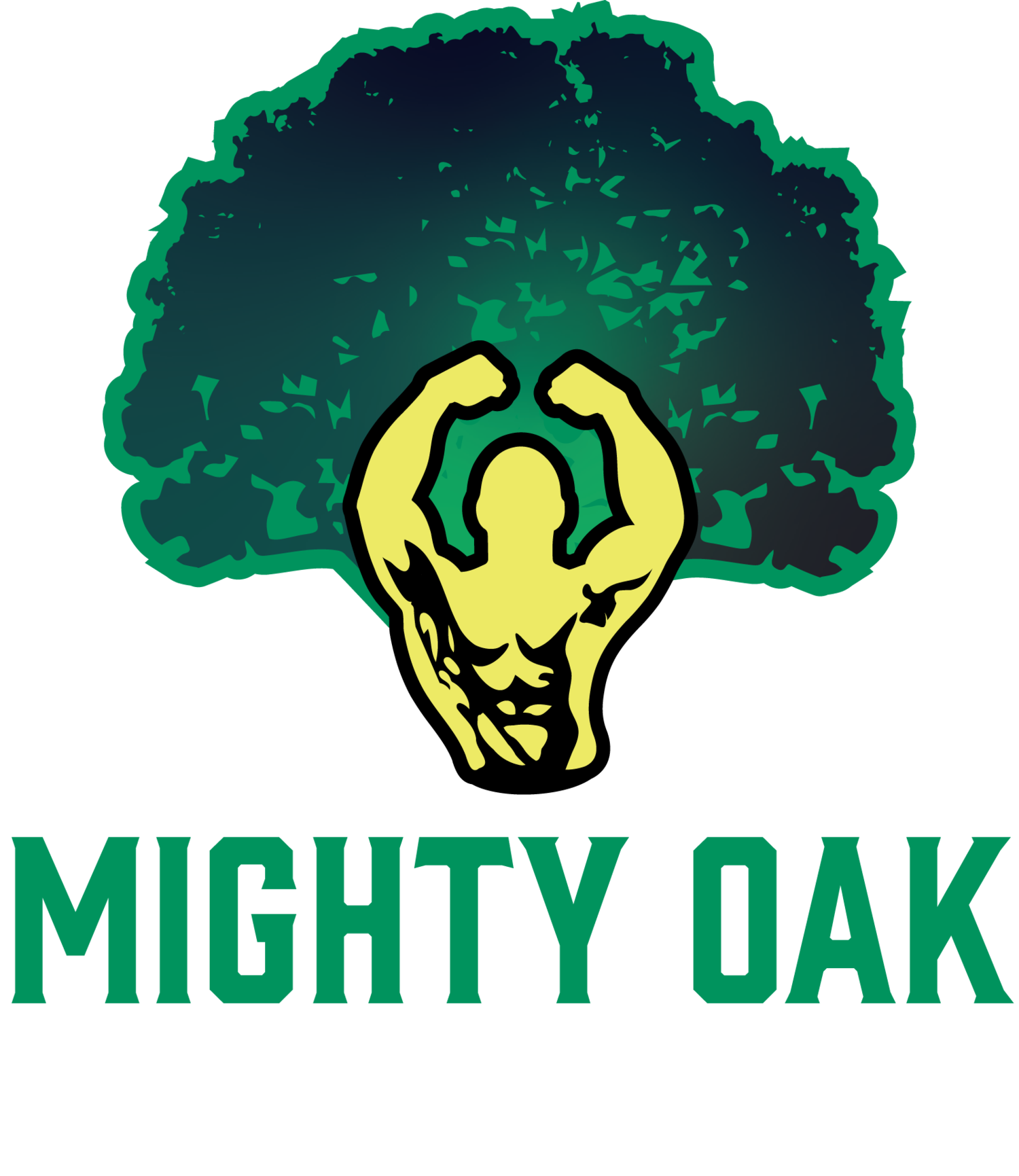Improve Your Ability to Get Up and Down From the Floor
Being able to get up off the floor is an important aspect of physical function and mobility. As we age, our ability to perform this task can decline, making it difficult to perform everyday activities and increasing the risk of falls. However, there are exercises that can help improve flexibility, balance, motor coordination, and muscle power, making it easier to get up off the floor.
Flexibility is the ability to move your joints through their full range of motion. Stretching exercises such as hamstring stretches, quad stretches, and calf stretches can help improve flexibility in the legs, making it easier to get up off the floor. Yoga and Pilates can also be great ways to improve flexibility and balance.
Balance is the ability to maintain control of the body's center of gravity. Exercises such as single-leg balance, heel-to-toe walking, and tai chi can help improve balance and reduce the risk of falls.
Motor coordination is the ability to coordinate movement between different parts of the body. Exercises such as ladder drills, obstacle courses, and agility training can help improve motor coordination and make it easier to get up off the floor.
Muscle power is the ability to generate force quickly. Resistance training exercises such as squats, lunges, and leg press can help improve muscle power and make it easier to get up off the floor.
It's important to note that these exercises should be performed under the guidance of a trained professional, especially if you have any underlying health conditions or injuries. Start with low-impact, simple exercises and gradually increase difficulty as your strength and flexibility improves.
In summary, being able to get up off the floor is an important aspect of physical function and mobility. Stretching, balance, motor coordination, and resistance training exercises can help improve flexibility, balance, motor coordination, and muscle power, making it easier to get up off the floor. It's important to start with low-impact exercises and gradually increase difficulty as your strength and flexibility improves. Consult with a professional trainer or physical therapist to create a safe and effective exercise program.
